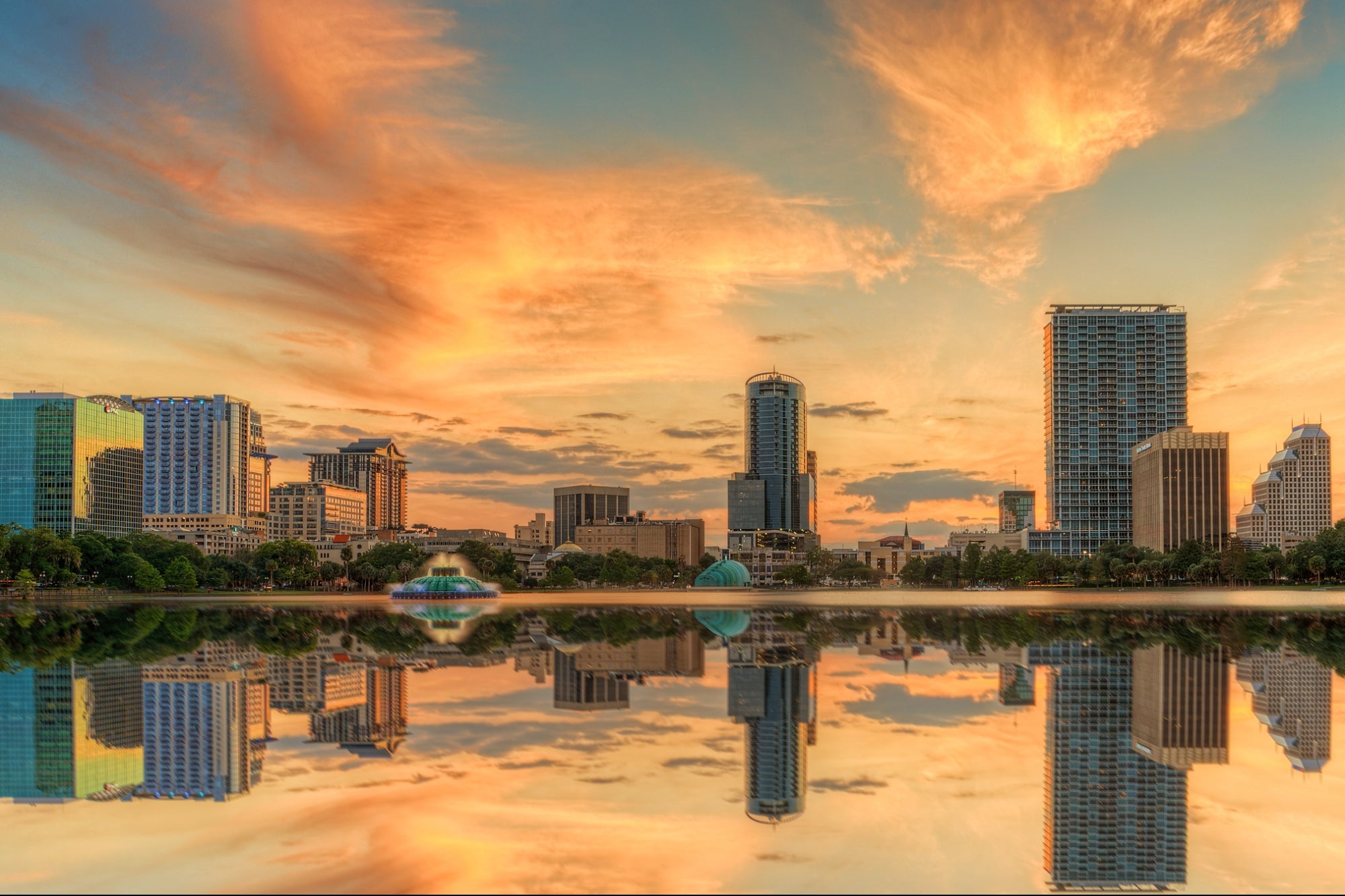ORLANDO, Fla., Aug. 1 (UPI) — Two NASA astronauts plan to fly SpaceX‘s groundbreaking Crew Dragon capsule from space Saturday to an at-sea landing the following day, with the target site off Pensacola in the Gulf of Mexico.
NASA has scheduled the spacecraft, named Endeavour by the astronauts aboard, to undock from the International Space Station at 7:34 p.m. EDT Saturday and splash down at 2:41 p.m. Sunday.
The original landing site was in the Atlantic Ocean near Kennedy Space Center, but splashdown would have occurred around the time Hurricane Isaias was due to arrive along central Florida’s east coast.
“We’re going to watch the weather very carefully,” said Steve Stich, manager of the agency’s Commercial Crew Program, said Friday before the decision to land Sunday had been made.
“This is a test flight, and we’re going to take our time to come home. We have plenty of opportunities here in August, and we’re in no hurry,” Stich said.
The astronauts will travel for more than 19 hours in the capsule, but they could spend up to three or four days above Earth if needed, Stich said.
For example, if the track of the hurricane shifted unexpectedly and made it impossible to land, the astronauts could remain in orbit until the storm passed and seas calmed.
Astronauts Doug Hurley and Bob Behnken will return after two months in space. They made history when they flew the capsule to the space station May 31 — the first crewed launch from U.S. soil in nine years.
The two said during a press conference from space Friday that they enjoyed their time on the space station, especially Behnken’s four spacewalks with fellow astronaut Chris Cassidy, who will remain there. Hurley helped the spacewalkers from inside.
The astronauts acknowledged weather is their primary concern about the return, but said they weren’t going to worry about potential delays.
“We don’t control the weather, and we know we can stay up here longer — there’s more chow and I know the space station programs have more work that we can do,” Behnken said.
Behnken said he will have a few tips for his wife, Meghan McArthur, who is scheduled to sit in his seat on the Dragon during a flight to the International Space Station later this year, notably “where best to pack all your personal items so that you can get to them conveniently.”
He tweeted Saturday morning, “All my bags are packed, I’m ready to go.”
The SpaceX mission is considered a demonstration flight — a final step before the capsule is fully certified for regular ferry service to the space station.
The return to Earth would mark the first splashdown of a U.S. space capsule carrying astronauts since the Apollo-Soyuz Test Project that was launched from Kennedy Space Center in 1975. It was the final flight of the Apollo spacecraft.
The astronauts anticipate they might become seasick and nauseated after they land in the water, probably the Gulf of Mexico, Hurley said.
“There are bags, if you need them, and we’ll have those handy. We’ll probably have some towels handy, as well. And, you know … it certainly wouldn’t be the first time that that’s happened in a space vehicle, but it will be the first time in this particular vehicle if we do,” Hurley said.
Two SpaceX recovery ships in the Gulf will head to the capsule once it lands. The first vessel’s crew will pull the capsule from the water and help the astronauts out, NASA said.
A second ship will recover two sets of parachutes that were to deploy and slow the capsule’s descent once it re-entered the Earth’s atmosphere.
If the astronauts experience an emergency, a helicopter aboard the first ship can evacuate them to a hospital.
Crew Dragon will travel about 17,500 mph as it re-enters the atmosphere. The re-entry will create a communications blackout, expected to last about six minutes.
Behnken completed four spacewalks while aboard the space station. The mission had been planned to last just five days, but it was extended so Behnken could help finish a years-long project to upgrade the power system.
No issues with the capsule have been reported — a situation described by a SpaceX commentator as “pretty boring for the astronauts, but that’s what we wanted.”
SpaceX secured a contract to provide ferry service to the space station for a fixed cost in 2014, and developed the rocket and capsule with NASA’s cooperation.
If the flight home is successful, NASA plans to launch another SpaceX capsule to the space station in September, officials said.
Crew members for that mission are to be NASA astronauts Mike Hopkins, Victor Glover and Shannon Walker, along with Soichi Noguchi from the Japan Aerospace Exploration Agency.
Over the past decade, NASA astronauts only used Russian Soyuz rockets and capsules to reach the space station, at a cost of more than $70 million per seat.
Behnken, 49, and Hurley, 53, have been astronauts since their selection in 2000. They worked closely with SpaceX to develop the new spacecraft systems.
Astronauts return to space from U.S. soil

NASA astronauts Doug Hurley (L) and Bob Behnken, who flew the Crew Dragon spacecraft to the International Space Station, brief mission controllers about their experience in the new vehicle on June 1. Photo courtesy of NASA





















